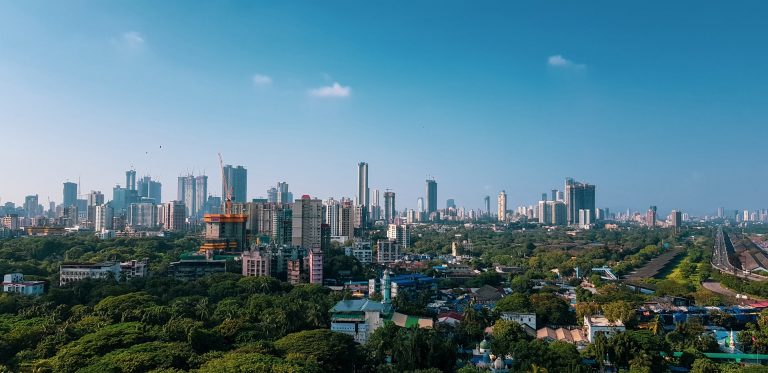Introduction:
Indian two-wheeler showrooms play a pivotal role in the country’s automotive landscape, providing not just vehicles but also after-sales service and documentation assistance. While these showrooms serve as the primary touchpoints for customers, they often encounter challenges in delivering seamless services, leaving customers grappling with various issues. Let’s delve into the common problems faced by customers in after-sales service and documentation at Indian two-wheeler showrooms.
- Lack of Transparency: One of the significant issues faced by customers is the lack of transparency in after-sales services and documentation processes. Customers often report ambiguous pricing, hidden charges, and unclear timelines, leading to frustration and mistrust. Clear communication and transparency regarding service costs, timelines, and required documentation are essential to build trust and ensure customer satisfaction.
- Delayed Service: Another prevalent challenge is the delay in servicing two-wheelers. Customers often encounter extended waiting periods for routine maintenance and repairs due to a shortage of skilled technicians, inadequate infrastructure, or inefficient service management systems. Prolonged waiting times not only inconvenience customers but also impact their daily routines and mobility.
- Inconsistent Service Quality: Inconsistent service quality is a recurring complaint among customers visiting two-wheeler showrooms. While some customers receive satisfactory service, others face issues such as shoddy repairs, unresolved complaints, and subpar customer support. Maintaining consistent service standards across all showrooms requires rigorous training of staff, adherence to quality control measures, and regular customer feedback mechanisms.
- Complex Documentation Procedures: Documentation processes related to vehicle registration, insurance, and warranty can be overwhelming for customers, especially first-time buyers. Complex paperwork, unclear instructions, and bureaucratic hurdles often result in errors, delays, and additional expenses for customers. Showrooms need to streamline documentation procedures, provide clear guidance to customers, and offer assistance to simplify the process.
- Poor Customer Communication: Effective communication is vital in addressing customer concerns and ensuring a positive experience. However, many two-wheeler showrooms struggle with poor communication practices, including unresponsive staff, lack of updates on service status, and inadequate channels for customer feedback. Improving communication channels, implementing proactive customer service initiatives, and training staff in effective communication skills can enhance the overall customer experience.
Conclusion: While Indian two-wheeler showrooms play a crucial role in catering to the diverse needs of customers, they face numerous challenges in delivering satisfactory after-sales service and documentation assistance. Addressing these challenges requires a concerted effort from stakeholders, including showroom management, manufacturers, and regulatory bodies. By prioritizing transparency, efficiency, and customer-centricity, two-wheeler showrooms can overcome these obstacles and foster long-term relationships with customers based on trust and satisfaction.




